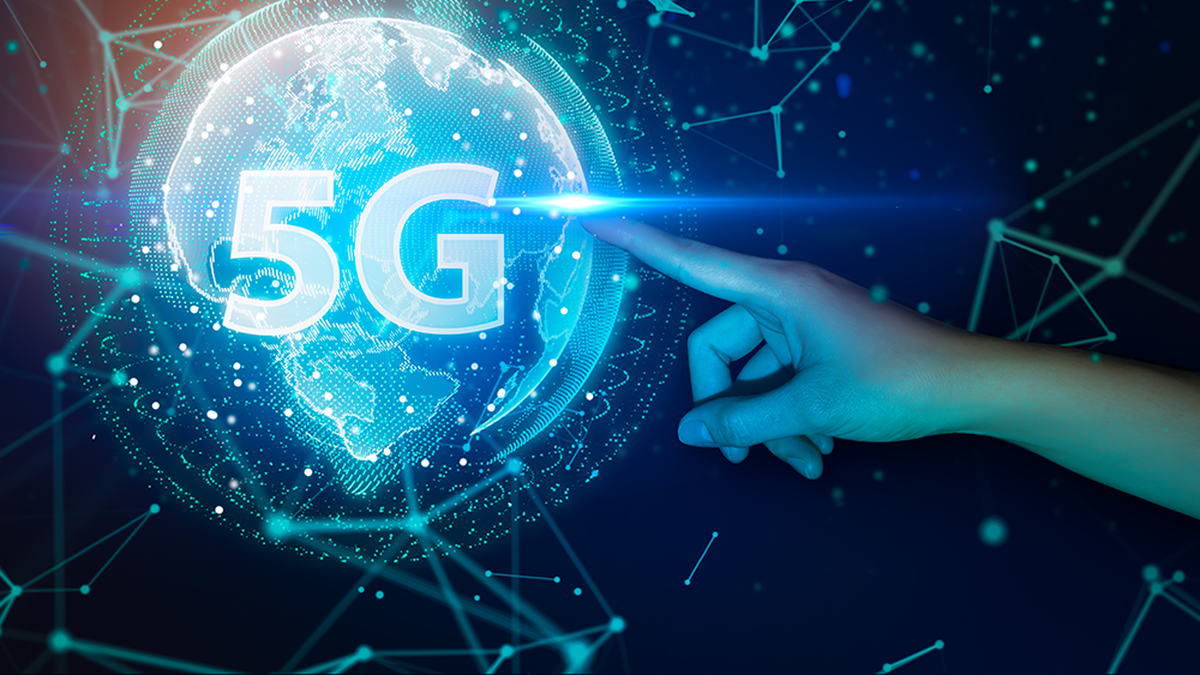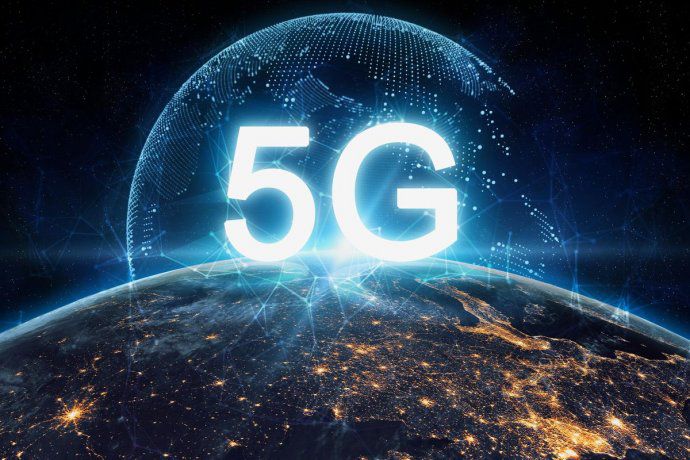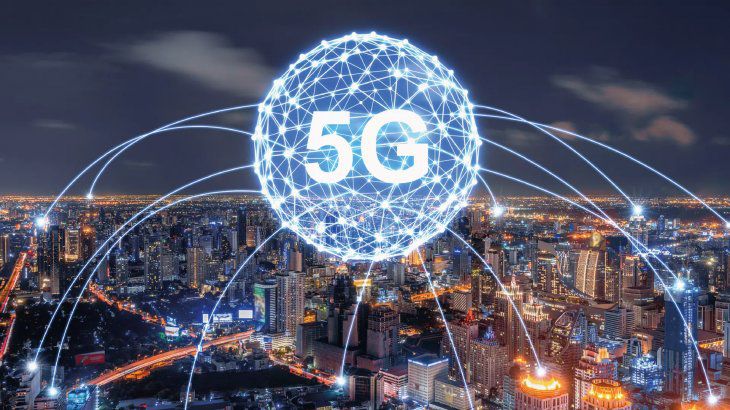The Modern Jevons Paradox: 5G Energy Efficiency vs. 5G Sustainability
Moving from the Industrial Revolution to the Digital Revolution, Jevons’ ideas are still very relevant. “The launch of the program 5G networks It has been described as the most transformative change in digital communications in a single generation. The improvements that 5G will allow in terms of latency and bandwidth without limits have been discussed and need not be replicated.” Andrew Donoghue is Global Director and Head of Analyst Relationships at Vertiv.
However, along with the launch of 5G and other digital innovations, it is clear that we are also seeing an increased focus on sustainability and environmental impact. The US Environmental Protection Agency defines sustainability as: “The pursuit of sustainability is the creation and maintenance of conditions in which humans and nature can exist in productive harmony to support present and future generations.”
The good news is that 5G is widely known to be more energy efficient than 3G and 4G when it comes to the power required to transmit data. According to new research from STL Partners, developed with Vertiv, 5G networks could be up to 90% more efficient per unit of traffic than their 4G predecessors.
However, as Jevons rightly pointed out, efficiency is not the whole story. Despite improvements in the energy efficiency offered by 5G, overall mobile energy consumption is likely to increase, compared to previous generations, as more 5G networks are implemented. 5G networks will be more efficient than 4G networks, but they will also be more widely spread and more data will flow into them. Donoghue stated. Estimates vary, but based on Vertiv models, 5G is likely to increase total network power consumption by 150-170% by 2026, with the largest increases in the overall network, node and data center areas.
Energy efficiency is a key factor, but, as highlighted in a recently published STL report, to meet the energy consumption and carbon emissions challenge posed by 5G, everyone from operators to consumers must think more holistically about energy use and sustainability.
In practice, this boils down to two main approaches:
- Ensuring that 5G is implemented as efficiently as possible which includes the use of renewable energy sources (not only using highly energy efficient networks, but also associated power and cooling equipment).
- Ensure that the sustainability benefits that 5G can offer are widely adopted in society and businesses. For example, replace similar processes with higher carbon consumption.
Sustainable Approaches to 5G Network
By analyzing the first part of the issue, STL and Vertiv have identified some good practices that should help operators control their energy intensity and carbon emissions with the launch of 5G networks. “Telecom operators achieve significant energy and cost savings by evaluating all ecosystems around their network operations: people, goals, infrastructure and partners,” says Scott Armul, vice president of energy for CD and Global Outside Plants at Vertiv.
Having taken all measures to ensure that the 5G network is implemented in such efficient ways, operators should turn their attention to the second issue: ensuring that society and businesses embrace the sustainability benefits that 5G can offer.
The report identified several industries that have the potential to significantly improve sustainability and productivity through 5G services.
For example, the manufacturing sector could generate up to $730 billion in revenue by 2030 by using a 5G network to facilitate maintenance and advanced predictive automation.
However, telecom companies face another challenge. They are not likely to simply roll out their 5G networks in a sustainable way and wait until customers see the operators experts in energy management. According to the STL report, only 37% of respondents indicated that they see operators as reliable partners in reducing carbon emissions today, but 56% indicated that they believe that telecom companies can be reliable partners in the future. Donoghue State
Carriers must be able to demonstrate that they are also using the 5G network to develop new sustainable digital operations within their own infrastructure. “To be seen by customers as reliable and knowledgeable partners, operators will need to lead by example. The energy strategy is a great starting point,” says Phil Leidler, director of STL Partners.
It’s been 150 years since William Jevons’ observations, but society still struggles to find the right models for energy efficiency, sustainability, and coal use. However, big changes take time. Hopefully, by the year 2170, when society can rely more on the 50G networks that we have by then, true sustainability will have evolved from an aspirational requirement to an essential one.

Subtly charming zombie buff. Amateur analyst. Proud tvaholic. Beer fanatic. Web expert. Evil troublemaker. Passionate internet maven. Gamer. Food evangelist.



